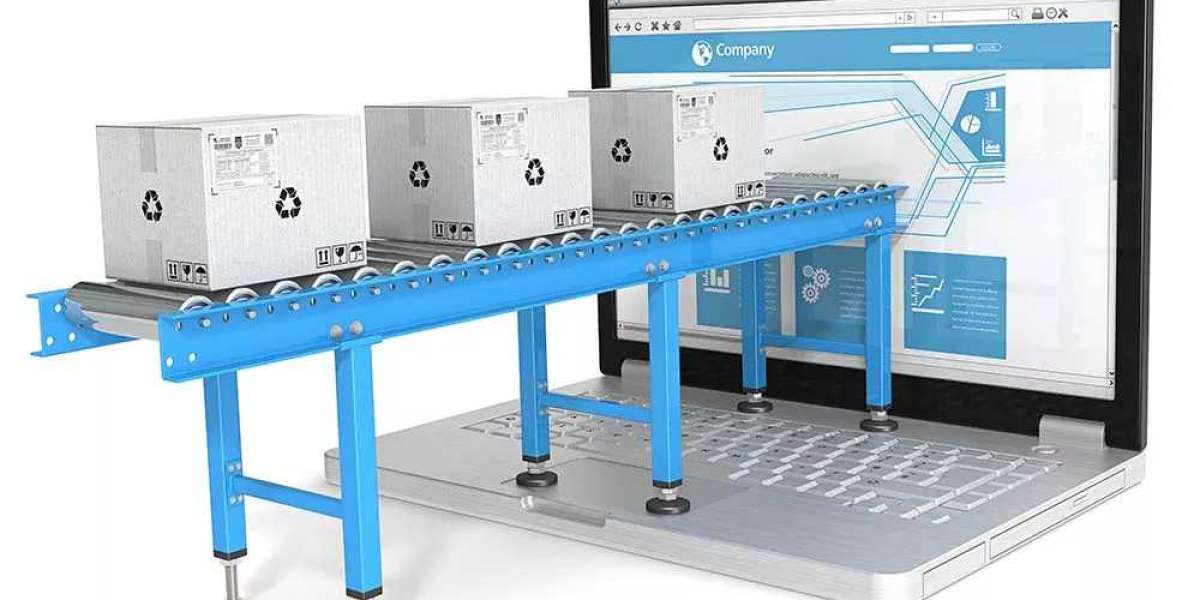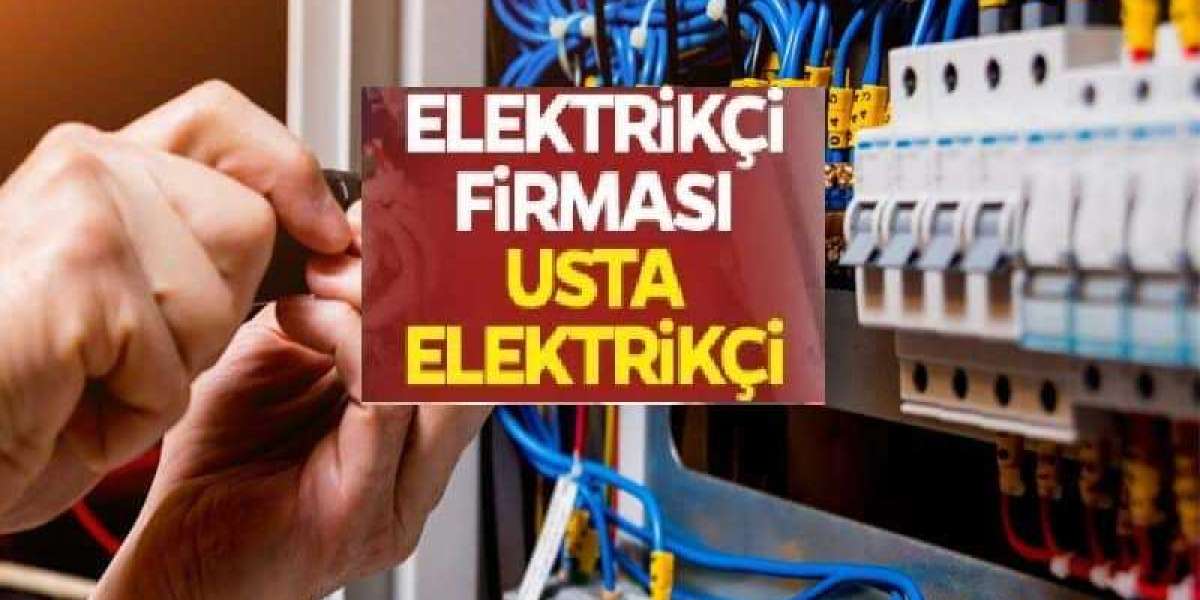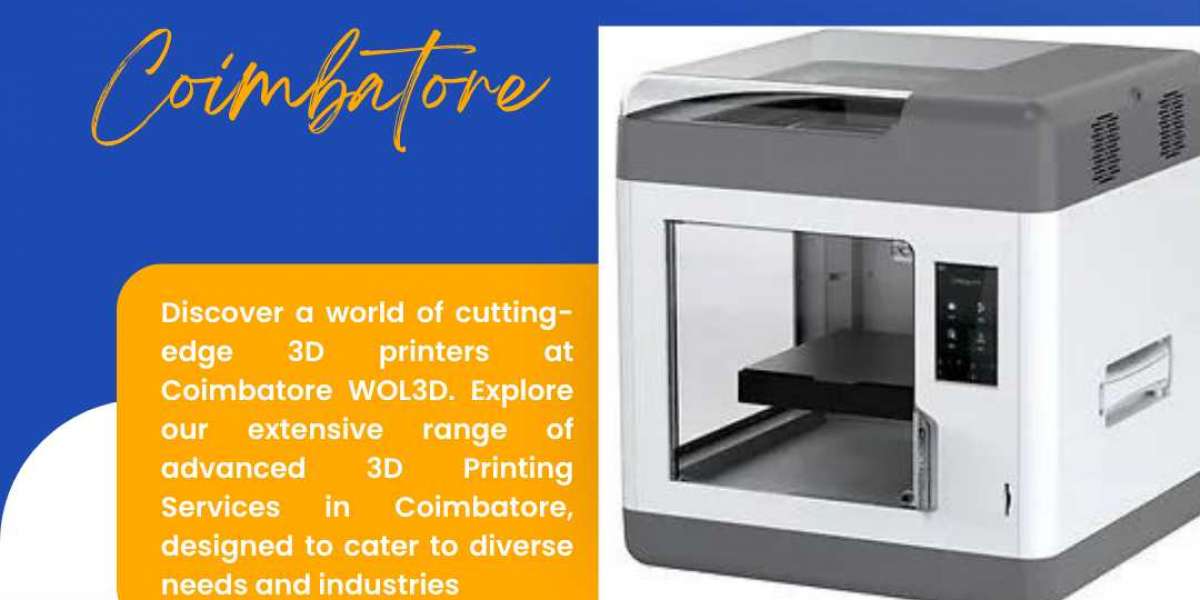Early Beginnings
The roots of digital dentistry can be traced back to the early 1980s when the first applications of digital technology were introduced into the field. Initial efforts focused on digital radiography, which offered a significant improvement over traditional film-based x-rays. The digital radiography system used sensors to capture images and convert them into digital format, allowing for instant image viewing and enhanced diagnostic capabilities.
The Rise of CAD/CAM Technology
A major breakthrough in digital dentistry came with the advent of Computer-Aided Design and Computer-Aided Manufacturing (CAD/CAM) technology in the late 1980s and early 1990s. CAD/CAM systems revolutionized the way dental restorations were designed and produced. The process began with the use of digital impressions, which replaced traditional mold-based impressions. These digital impressions were then used to create precise 3D models of the patient's dentition, allowing for accurate design and fabrication of crowns, bridges, and veneers.
The Introduction of Intraoral Scanners
In the early 2000s, intraoral scanners emerged as a significant advancement in digital dentistry. These devices allowed for the capture of detailed digital impressions directly from the patient's mouth without the need for traditional impression materials. Intraoral scanners offered improved patient comfort, reduced procedural time, and enhanced accuracy in digital impressions. This innovation further facilitated the use of CAD/CAM technology in dental practice.
The Integration of Digital Workflow
As digital technology continued to advance, the integration of digital workflows into everyday dental practice became more common. Digital workflows encompass a range of processes, including digital diagnosis, treatment planning, and communication between dental professionals. The integration of digital records and imaging with software platforms streamlined the management of patient information and treatment planning, enhancing overall efficiency and accuracy in dental care.
The Era of 3D Printing and Beyond
The 2010s witnessed the rise of 3D printing technology in digital dentistry. 3D printing allowed for the rapid production of dental models, surgical guides, and even prosthetic appliances. This technology enabled custom manufacturing of dental products with high precision and efficiency. The introduction of 3D printing further expanded the possibilities of digital dentistry, allowing for personalized and innovative solutions in patient care.
Current Trends and Future Directions
Today, digital dentistry continues to evolve with advancements in artificial intelligence (AI), machine learning, and augmented reality (AR). AI-driven diagnostic tools and treatment planning systems are enhancing the accuracy and efficiency of dental procedures. AR technologies are being explored for real-time visualization and guidance during complex dental surgeries. Additionally, tele-dentistry has gained prominence, enabling remote consultations and monitoring through digital platforms.
As we look to the future, digital dentistry is poised to continue transforming the field with ongoing innovations and improvements. The integration of advanced technologies and digital solutions will likely lead to even more precise, efficient, and patient-centered dental care.
Conclusion
The history of digital dentistry reflects a journey of technological innovation and continuous improvement. From the early days of digital radiography to the latest advancements in AI and AR, digital dentistry has fundamentally changed the way dental professionals approach diagnosis, treatment, and patient care. As technology continues to advance, the future of digital dentistry promises to be even more dynamic and transformative, offering exciting possibilities for both dental practitioners and patients alike.









